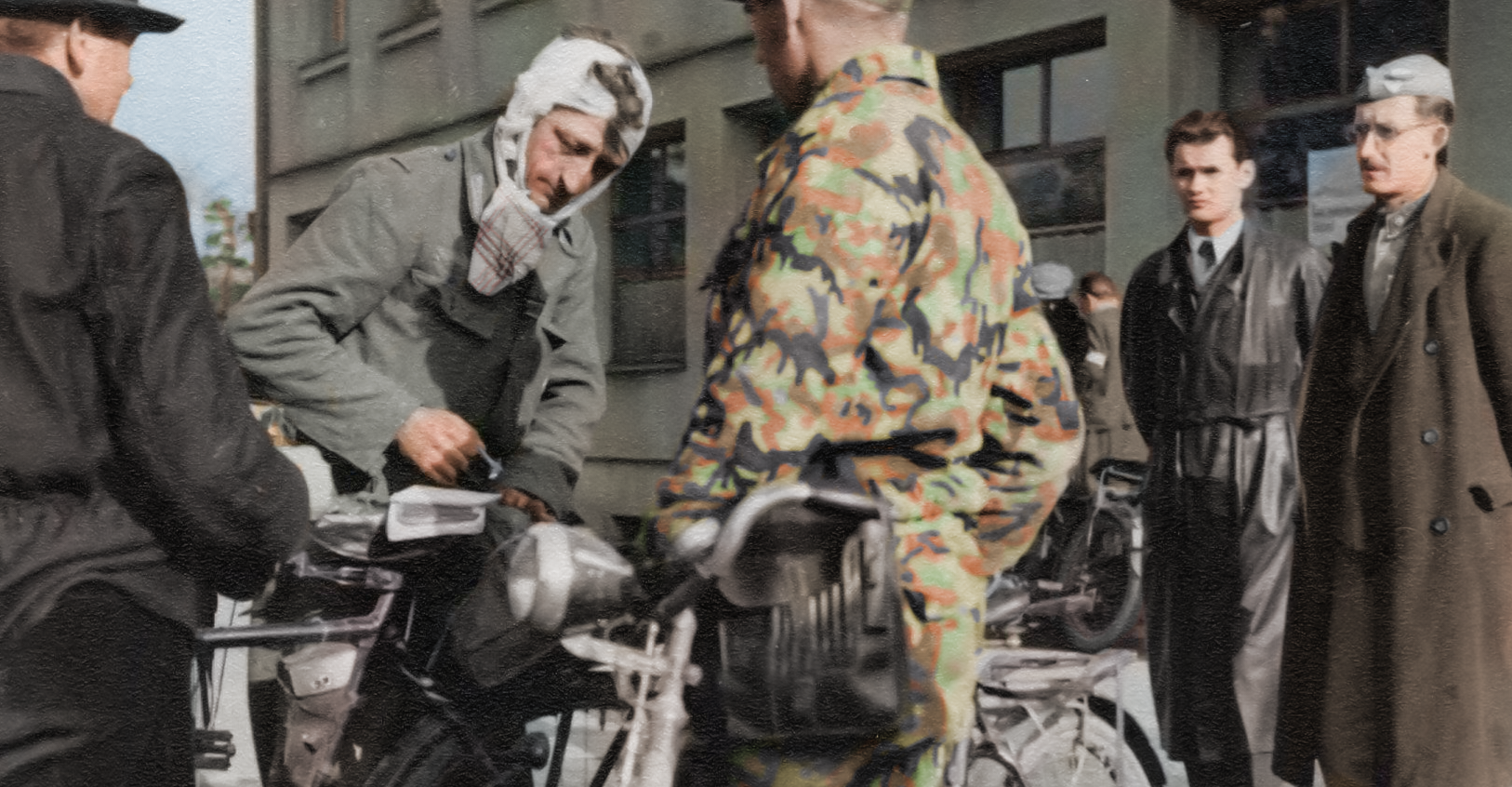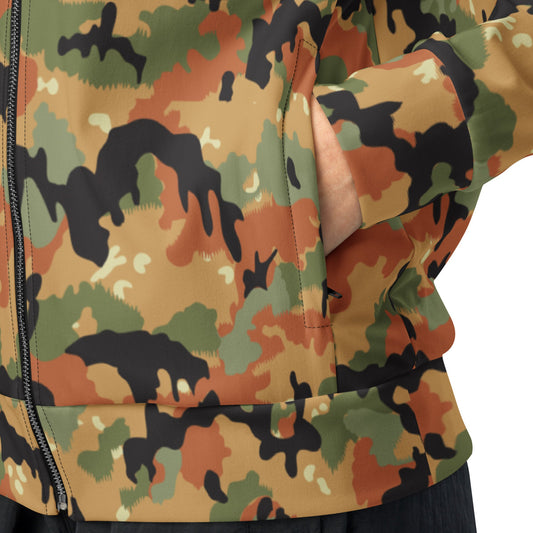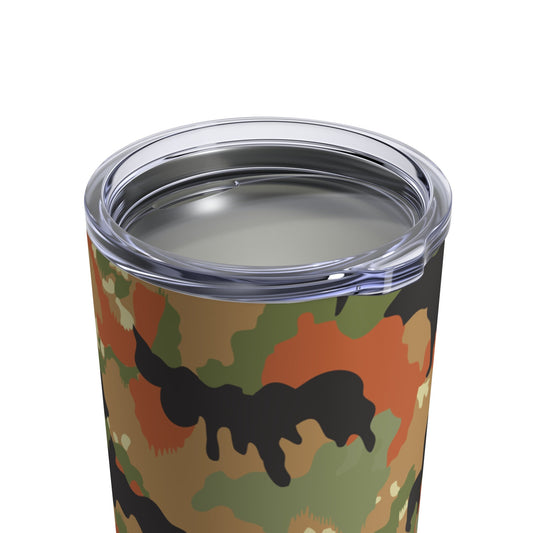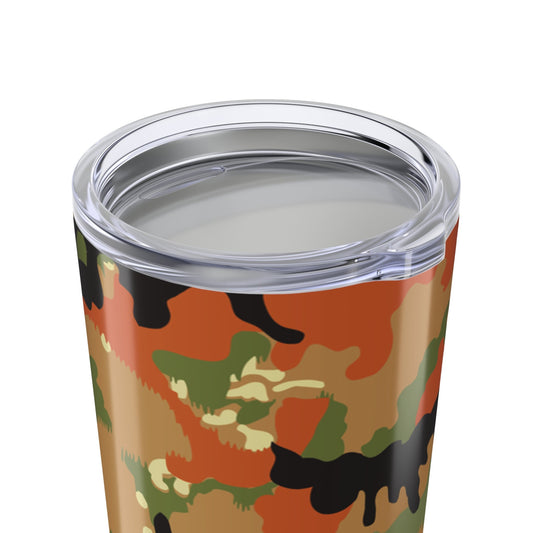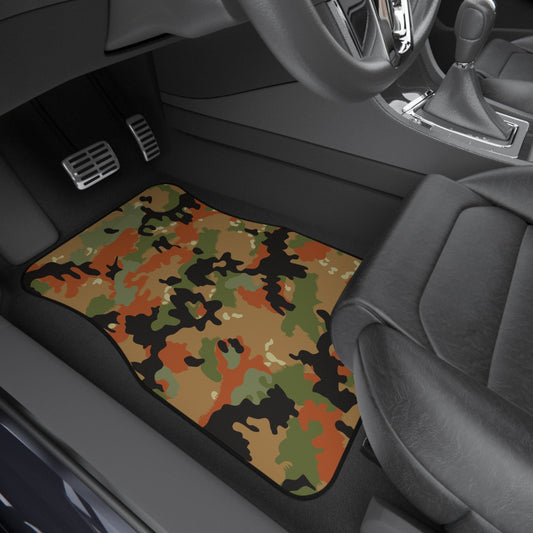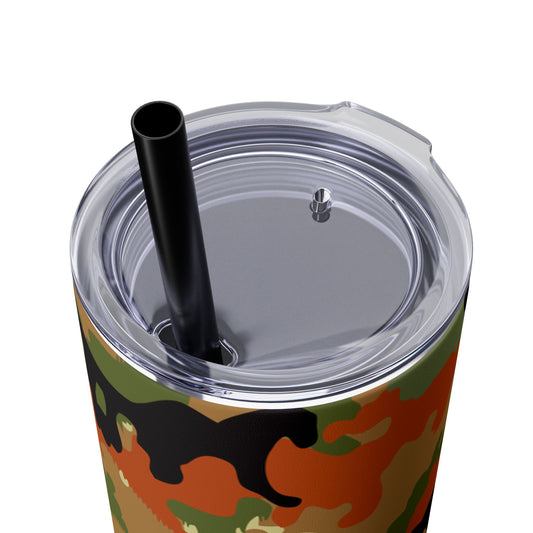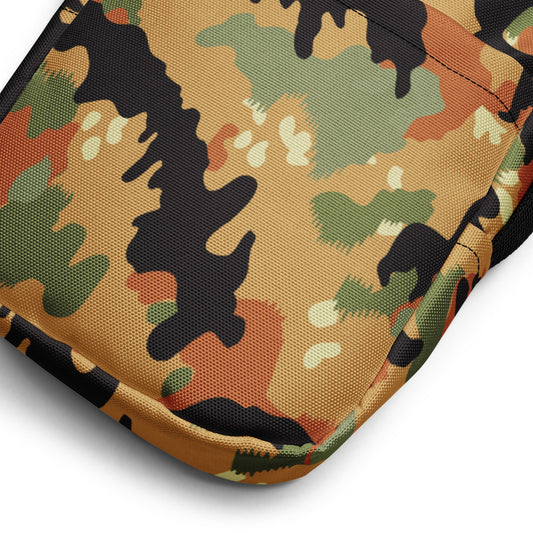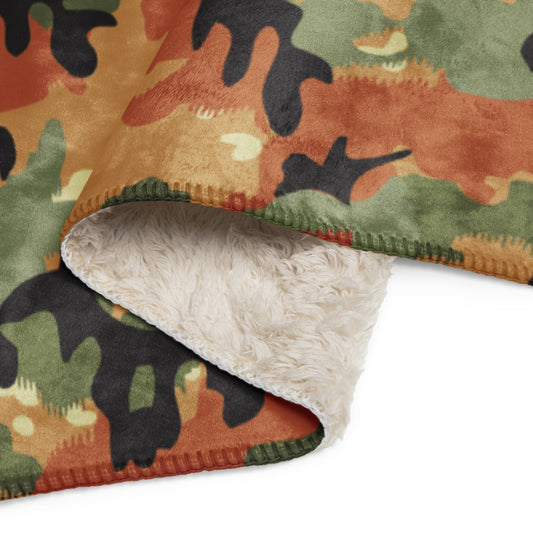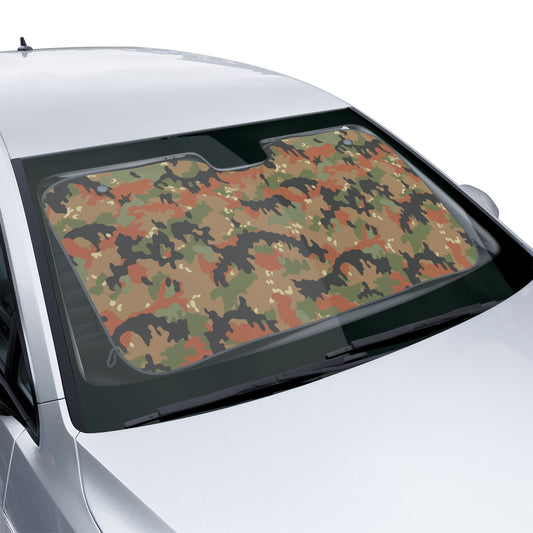Collection: Leibermuster
Leibermuster, or "Leiber pattern," was a camouflage design developed by Germany in 1945 during World War II. Intended to replace earlier patterns, it featured irregular shapes in dark green, brown, black, and pale green, designed for superior concealment in woodlands and urban areas. A key innovation of Leibermuster was its use of infrared reflectance, an early attempt at IR camouflage to counter infrared detection. Produced in limited quantities due to the late stage of the war, it saw minimal combat use as the Third Reich collapsed. Despite this, Leibermuster influenced post-war camouflage designs, with its concepts of silhouette disruption and infrared reflectance shaping future military patterns.
